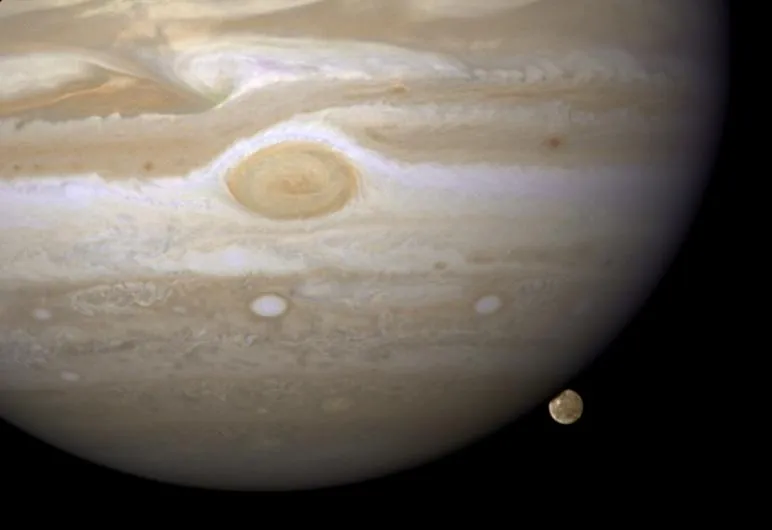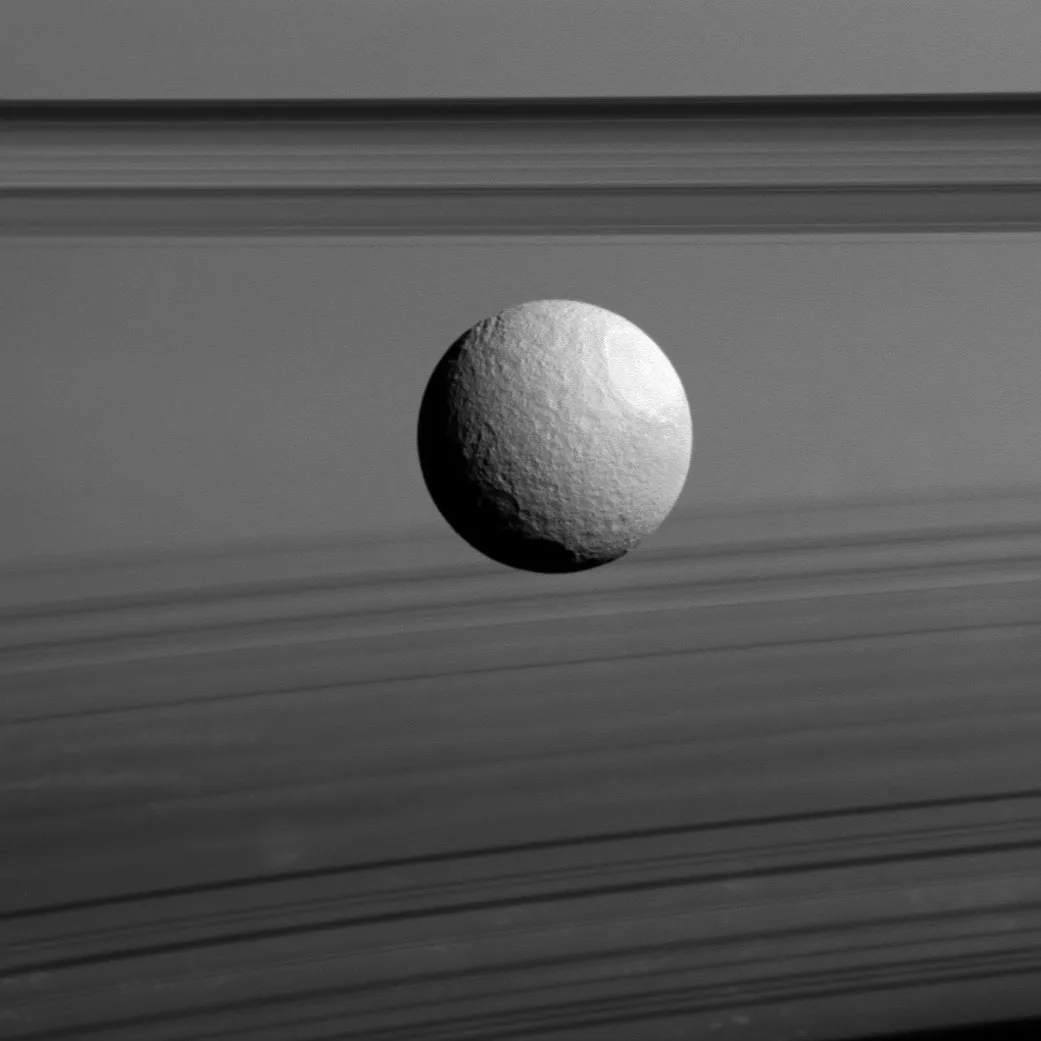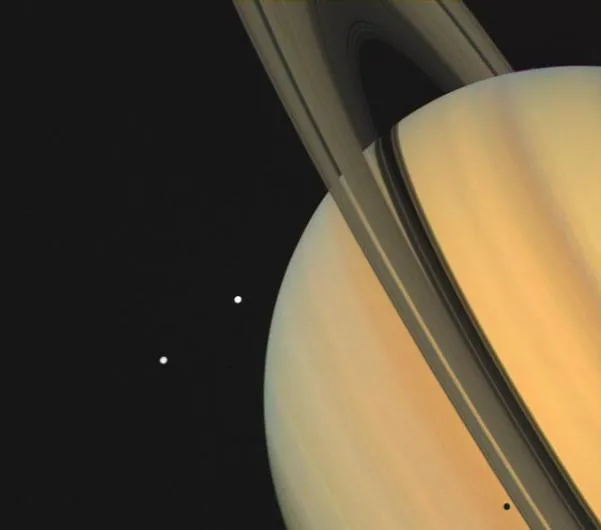Planet Earth has a Moon. In fact, of the 8 planets in our Solar System, only Mercury and Venus do not have moons.
Astronomers have even been able to detect potential exomoons - moons orbiting exoplanets beyond our Solar System.
But what of moons themselves? Can a moon have its own moon?
To properly consider and answer this question, it helps to go back to the basics: what makes a moon a moon?
What is a moon?

A moon is a body in space that exists in a stable orbit around its host planet or other parent celestial body.
Most moons are thought to have formed out of the same accretion disk of material around a star that gave rise to their host planet, but there are some exceptions to this theory.
Several moons are thought to be captured asteroids and others may be fragments of larger moons that have been shattered by impacts.
Indeed, the formation of Earth's Moon is thought to have occurred when a chunk of our planet was sent into orbit following a massive impact with a Mars-sized object.
So can a moon have a moon?

Of all the scenarios in which a moon finds itself orbiting a larger body such as a planet, only impacts and asteroid capture could give rise to new moons within the Solar System today.
But the moons probably don’t have a large enough gravitational field to control the motions of a smaller object and compel it into orbit.
The planet would likely still be the controlling influence and create an unstable orbit. So the answer is probably no: planetary moons cannot have natural satellites.

However, several moons, for example Saturn’s moons Tethys and Dione, have captured small companions at the Lagrangian points of their orbits.
These are places of relative gravitational stability, where, with respect to the planet-moon system, the companion is stationary.
But as these companions don’t orbit the moons, they cannot be considered as their natural satellites.
